For experienced bike riders, it's easy to be confused by the increasingly popular electric recumbent trike. A closer look clears up all of that. The first things to notice on these electric trikes is, of course, the three wheels and the seating position. Then you clock the position of the pedals and the steering handles. For those who have never tried a recumbent bike you might be wondering what does this unusual contraption offer?
What Exactly is a Recumbent E-bike?
A recumbent e-bike is a type of e-bike that features a reclined, chair-like seat and a low-slung frame. This design allows the rider to sit in a more relaxed and ergonomic position, with their weight distributed more evenly across the bike. The pedals are also located further forward, allowing the rider to stretch out their legs while pedaling.
What Are the Pros and Cons of Choosing a Recumbent for Your E-bike needs?
Now, let's take a look at some of the pros and cons of a recumbent e-bike:
Pros:
-
Comfortable and ergonomic riding position:
One of the biggest advantages of a recumbent e-bike is the comfortable and ergonomic riding position. With the seat positioned lower to the ground and the pedals located further forward, riders can sit back and relax while still getting a great workout. This is especially beneficial for riders who may have back or joint pain when riding traditional upright bikes. -
Reduced strain on joints and back:
In addition to the more comfortable riding position, the recumbent design also helps to reduce strain on the joints and back. This can make it a great option for riders who may have mobility issues or are recovering from an injury. -
Improved visibility for the rider:
With the rider sitting in a more upright position, they are able to see more of their surroundings. This can be particularly helpful when riding in urban areas with lots of traffic or pedestrians. -
Often more stable than traditional upright e-bikes:
The low center of gravity and longer wheelbase of a recumbent e-bike can make it more stable than traditional upright e-bikes, especially when riding at higher speeds.
Cons:
-
May be more expensive than traditional upright e-bikes:
One potential drawback of recumbent e-bikes is that they can be more expensive than traditional upright e-bikes. This is due in part to the more complex frame design and specialized components. -
Can be harder to find and may not be carried by all retailers:
Because they are not as common as traditional upright e-bikes, recumbent e-bikes may be harder to find and may not be carried by all retailers. This can make it more difficult for riders to test-ride and compare different models. -
May not be as agile or efficient at climbing hills as traditional upright e-bikes:
While the recumbent design offers many benefits, it is not without its limitations. One potential disadvantage is that recumbent e-bikes may not be as agile or efficient at climbing hills as traditional upright e-bikes. This is due in part to the longer wheelbase and lower center of gravity. -
Can be difficult to transport due to their larger size:
Another potential drawback of recumbent e-bikes is that they can be more difficult to transport due to their larger size. This can be a consideration for riders who need to take their e-bike on public transportation or in the back of a car.
In conclusion, there are both pros and cons to consider when deciding on a recumbent e-bike. While they offer a comfortable and ergonomic riding position and can be more stable than traditional upright e-bikes, they may be more expensive and harder to find, and may not be as efficient at climbing hills or as easy to transport. Ultimately, the best e-bike for an individual rider will depend on their specific needs and preferences. If you're considering a recumbent e-bike, it's a good idea to test-ride a few different models and weigh the pros and cons before making a decision.







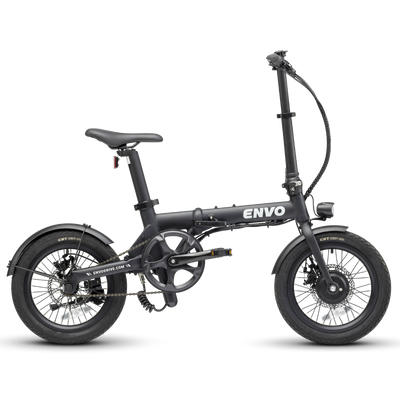

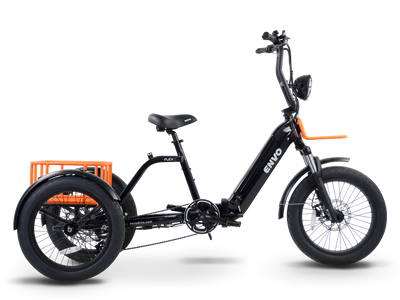
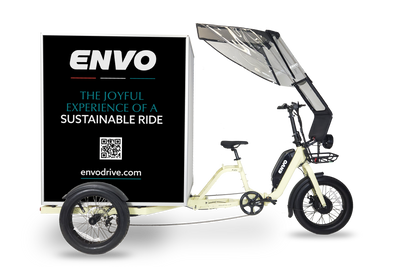


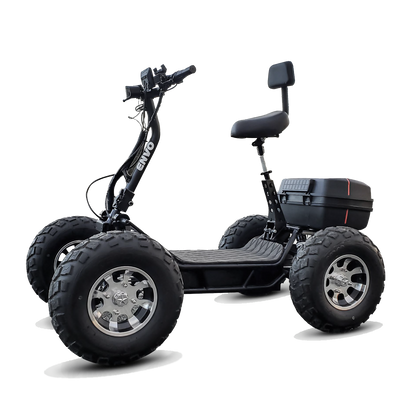
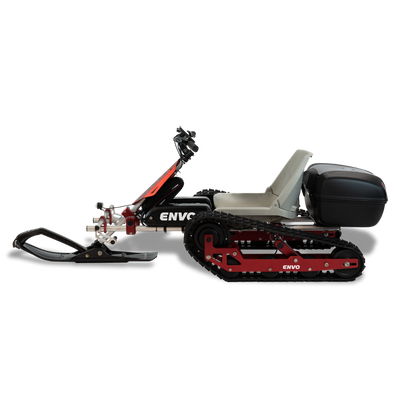
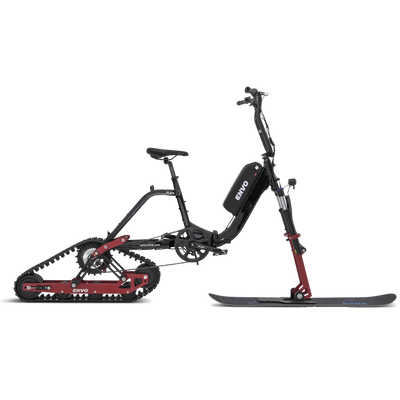


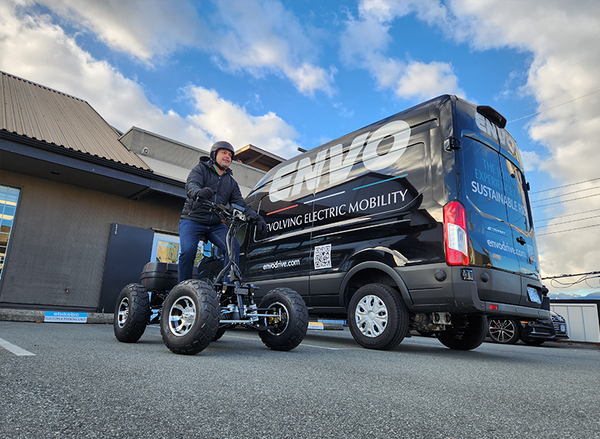
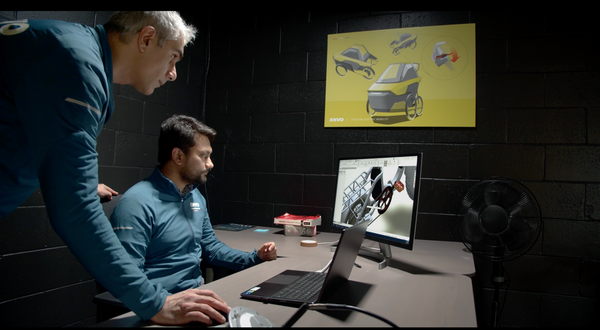
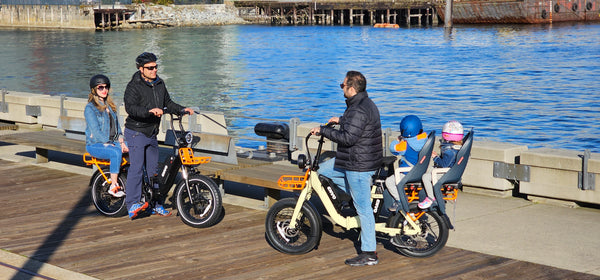







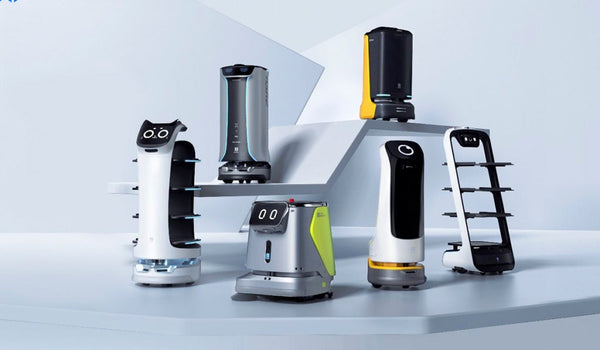

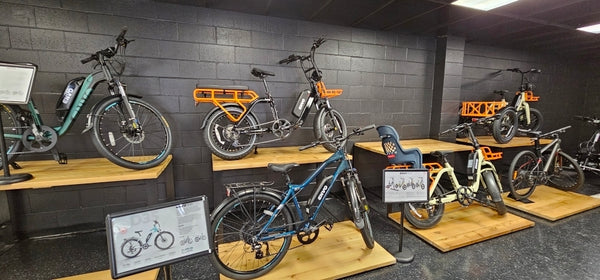
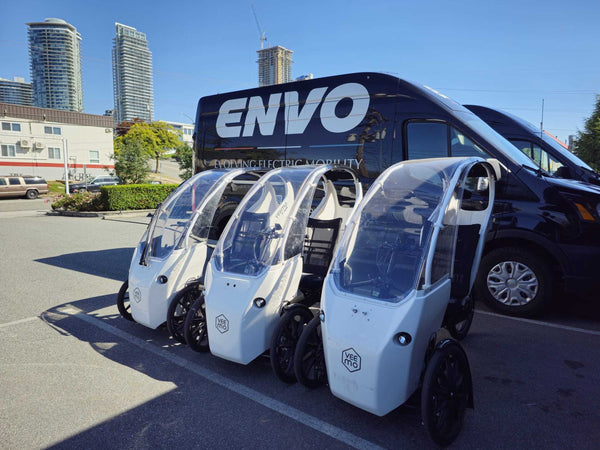





2 comments
Mary Nelson
I am looking for an electric recumbent bike .i am handicapped
I am looking for an electric recumbent bike .i am handicapped
Leo Moriarity
Hi Do you have a trike in development?
Thanks
Leo M In Calgary
Hi Do you have a trike in development?
Thanks
Leo M In Calgary